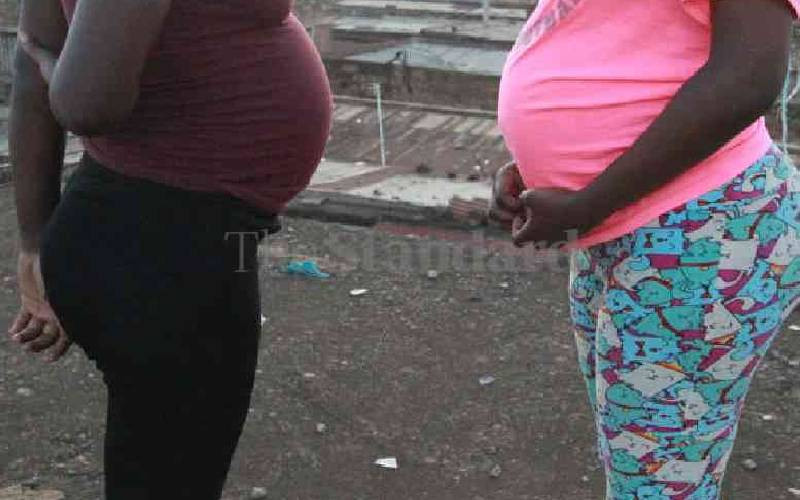Thailand has become the first country in Asia to officially be certified free of the transmission of HIV and syphilis from mothers to their children, the World Health Organisation announced.
Elimination of transmission is the reduction of spread to such a low level — transmission rate below two per cent — that it no longer constitutes a public health problem.
The rate of mother-to-child transmission of HIV in Thailand declined from 10.3 per cent in 2003 to 1.91 per cent in 2015, thus meeting all elimination of mother-to-child transmission criteria for both HIV and congenital syphilis in accordance with global targets.
Last year, on June 30, 2015, Cuba became the first country globally to eliminate mother-to-child transmission of HIV and syphilis.
The WHO also applauded Armenia and the Republic of Moldova for eliminating mother-to-child transmission of HIV and syphilis respectively, terming it a remarkable achievement.
“It is immensely encouraging to see countries succeed in eliminating mother-to-child transmission of these two infections,” said WHO Director-General Dr Margaret Chan at the announcement.
“This is a tremendous achievement – a clear signal that the world is on the way to an AIDS-free generation.”
Mother-to-child transmission can be eliminated by promoting interventions like anti-retroviral treatment for the mother, a short course of anti-retroviral drugs for the baby and encouraging appropriate breastfeeding practices.
According to WHO, eliminating mother-to-child transmission of HIV and syphilis is key to the global effort to combat sexually transmitted infections and to end AIDS by 2030.
UNAIDS Executive Director Michel Sidibé termed the announcement a critical milestone and a testimony to the progress the world is making in eliminating mother-to-child transmission of HIV.
“As we meet in New York at the High-level Meeting on Ending AIDS to plan the next crucial phase of the response to HIV, we will draw upon the successes of these countries to highlight the extraordinary achievements that can be made through the rapid expansion of access to life-saving treatment,” Sidibé said.
Some of the strategies the WHO has put in place to reduce the burden of HIV globally include elimination HIV in children and expanding access to their treatment, encouraging further innovation in HIV prevention, diagnosis, treatment and care and ensuring strategic use of ARVs for HIV treatment and prevention.
 The Standard Group Plc is a
multi-media organization with investments in media platforms spanning newspaper
print operations, television, radio broadcasting, digital and online services. The
Standard Group is recognized as a leading multi-media house in Kenya with a key
influence in matters of national and international interest.
The Standard Group Plc is a
multi-media organization with investments in media platforms spanning newspaper
print operations, television, radio broadcasting, digital and online services. The
Standard Group is recognized as a leading multi-media house in Kenya with a key
influence in matters of national and international interest.
 The Standard Group Plc is a
multi-media organization with investments in media platforms spanning newspaper
print operations, television, radio broadcasting, digital and online services. The
Standard Group is recognized as a leading multi-media house in Kenya with a key
influence in matters of national and international interest.
The Standard Group Plc is a
multi-media organization with investments in media platforms spanning newspaper
print operations, television, radio broadcasting, digital and online services. The
Standard Group is recognized as a leading multi-media house in Kenya with a key
influence in matters of national and international interest.









